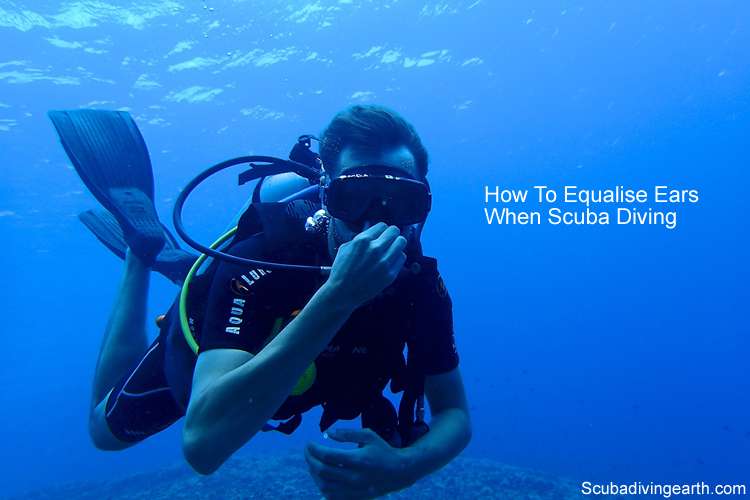
20 tips to help if you’re having problems equalising your ears
When you first begin your dive descent you may notice a build up of pressure inside your ears, which is caused by changes in pressure. You mustn’t continue your descent until your ears are equalised or else you may damage or burst your eardrum.
This is why it’s so important to understand how to equalize your ears when scuba diving. The best way to equalise your ears when scuba diving is to swallow hard, which should open your eustachian tubes and equalise the air space. But if you can’t equalise your ears naturally pinch your nostrils on the outside of your mask and gently exhale, which is called the Valsalva Manoeuvre.
The best way to do more diving and to practice equalising your ears, is to book yourself on a scuba diving liveaboard. You can check the latest and best deals on liveaboards using the following window:
The Valsalva Manoeuvre technique forces the Eustachian tube open, which is the tube that connects the back of the throat to the Middle Ear. By doing this will equalises the pressure between the outer ear and middle ear.
Pro tip: The first 10 metres (33 feet) of your descent is when there’s the highest risk of ear injury.
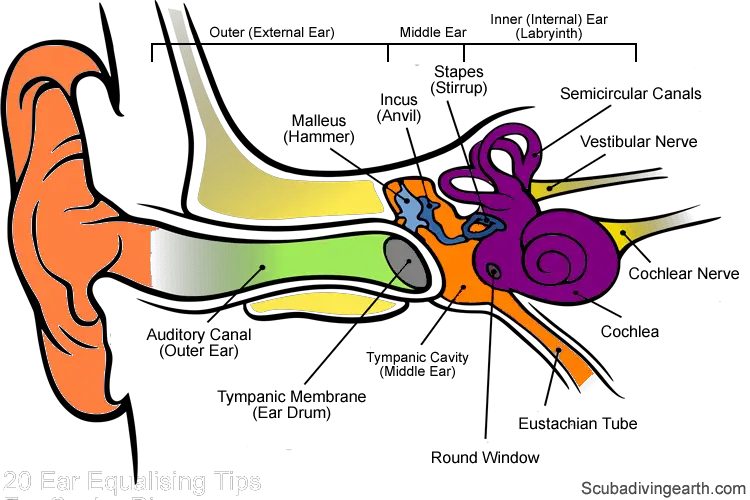
Why does it hurt my ears when I go underwater?
The reason it hurts your ears when you go underwater is because of the increased pressure. The pressure at a depth of 10 metres (33 feet) is twice what it is at the surface.
For example, if you had an empty bottle of air at the surface and took it down to 10 metres (33 feet), the bottle would be crushed. The air volume would be reduced to half of what it was at the surface.
Behind your eardrum is an air space known as your middle ear or Tympanic Cavity. You also have the air space on the outside of your ear drum too. The outer ear space leads to the ear on the side of your head (The outer ear or Auditory Canal).
As you descend, the pressure of the air on the outer ear increases. This pressure pushes on the eardrum. If the air in the middle ear is not equalised, this is what causes the feeling of pressure or pain.
The deeper you go the greater the pressure. If you continue your descent without equalising the pressure inside your ears, the pain will increase. This pain is caused by the distortion or stretching of the eardrum.
As your eardrum is pushed inwards as the pressure builds in the outer ear space, eventually the ear drum would perforate. The pressure would become too much for this delicate membrane (i.e. the ear drum) to withstand.
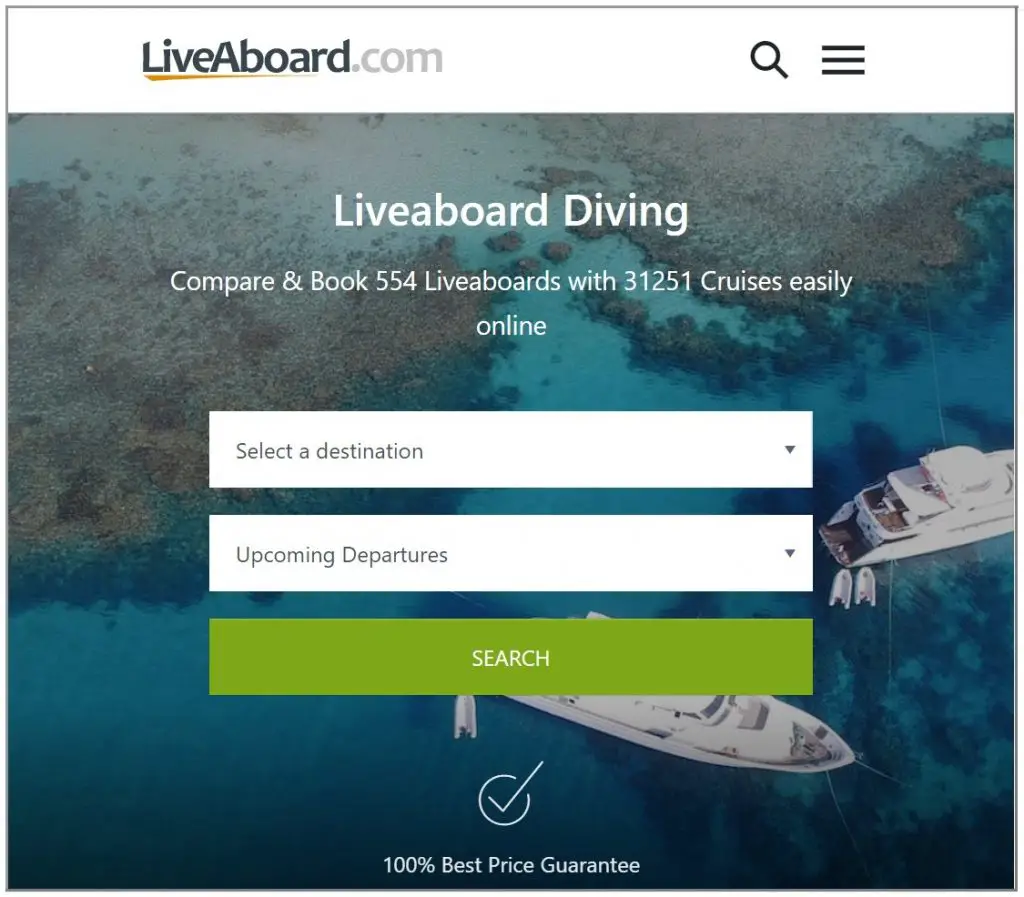
How to equalize ears when scuba diving
How you equalise your ears when scuba diving is best achieved by swallowing hard. When you swallow this normally opens the Eustachian Tube. This is the tube that connects the middle ear to the back of the throat. As the tube opens it allows the air space to equalise to the same pressure on the outside of your ear.
How to equalize ears when scuba diving using the Valsalva Maneuver
The Valsalva Manoeuvre is performed by using a moderately forced exhalation of air against your closed airway (i.e. by pinching nostrils). This can easily be done from the outside of your mask.
The Valsalva Manoeuvre forces the Eustachian tube open. This allows the air pressure in the middle ear to equalise to the same pressure on the outside.
Once the Valsalva maneuver is done and the pressure is equalised, the pressure or pain felt by the ear-drum-squeeze will disappear.
Care must always be taken when performing this maneuver to avoid damaging the ear drum.
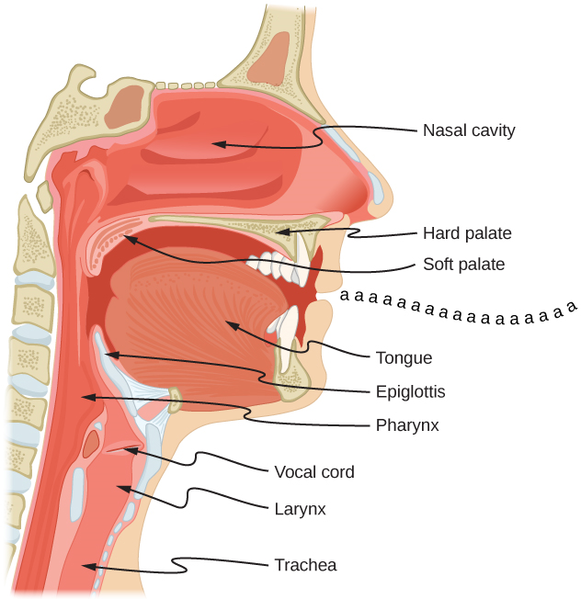
How to equalize ears when scuba diving using the Frenzel Manoeuvre
The Frenzel Manoeuvre is similar to the ‘Valsalva Manoeuvre‘ above. Which is done as follows:
- Pinch your nose from the outside of your mask.
- Fill your mouth with air.
- Close your epiglottis which is the flap that closes over your windpipe.
- Move your soft palate to the neutral position.*
- Use your tongue like a piston to push air towards the back of your throat.
* The neutral position is when the soft palate is open as in the above image. In this position the air is free to flow through both the nose and the mouth.
You may want to practice this technique before you dive. But if you can master the Frenzel manoeuvre it carries less.
What is the Toynbee maneuver?
The ‘Toynbee manoeuvre‘ also uses the nose pinching technique. But this manoeuvre uses swallowing to help clear the Eustachian tubes instead.
How deep can you dive without hurting your ears?
You can’t go very deep before your ears start to hurt. As already explained it’s the first 10 metres (33 feet) of water when the pressure doubles. This is the biggest pressure change of any dive.
Pro tip: Always begin clearing your ears as soon as you leave the surface. According to Healthline the first 14 feet (4.2 metres) of the dive is often the biggest risk for ear injury for divers.
What happens if you don’t equalise while scuba diving?
If you don’t equalise your ears when scuba diving you can damage your ear drums. The worst case scenario is a perforated eardrum.
If water enters the middle ear as a result of the perforation, the scuba diver may suffer from severe vertigo.
A perforated eardrum may require an operation if the ear drum doesn’t repair itself.
Can you scuba dive if you have had a perforated ear drum?
It is not advisable to scuba dive with a perforated ear drum. But if a perforated eardrum doesn’t heal and surgery is not possible, experienced scuba divers can dive with a perforated ear drum.
When diving with a perforated eardrum you should wear a hood to help prevent cold water entering your ear. But divers should avoid diving in dirty or contaminated water with a perforated eardrum to avoid middle ear infections.
According to DAN Europe, if an ear perforation is picked up during the first medical of a novice diver, this would be a contraindication or reason to advise against scuba diving.
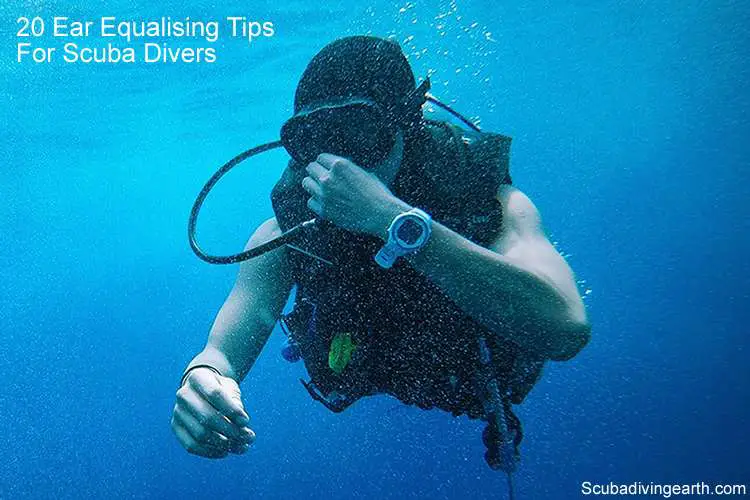
What to do if you’re having trouble equalising ears scuba diving – 20 ear equalising tips for scuba divers
If you’re having trouble equalising your ears scuba diving try using these 20 tips:
Tips 1 to 3 – Ear equalising before the dive
- Practice equalising on the dive boat: Practice equalising your ears before the dive. Practicing the equalisation of your ears before you scuba dive helps to free up the Eustachian tube beforehand.
- Chew gum: If you know you always have problems with ear equalisation, try chewing gum. Spit out the gum before you dive. But not into the water of course.
- Drink plenty of water before you dive: This helps to keep the Eustachian tube clear and makes it easier to swallowing too.
Tips 4 to 15 – Ear equalising whilst on the dive
- Descend slowly: If you find ear equalising difficult always descend extra slow to avoid the problem.
- Start as soon as you begin your descent: Begin equalising as soon as you leave the surface.
- Listen the ear-pop sensation: When you clear your ears you should feel a popping sensation. Listen for this when you practice. But also when you’re equalising on your descent
- Descending feet first: Descending feet first can help with the Valsalva Manoeuvre. Studies show this manoeuvre requires 50% more force when you’re head down. Make it easy for yourself.
- Tilt your head backwards: Tilting the head backwards can help open your Eustachian tubes.
- Try swallowing: Swallow between each Valsalva Manoeuvre.
- Try yawning: Try a pretend yawn, as this can help to open the Eustachian tubes too. Be careful you don’t open your mouth and lose your regulator.
- Stop your descent if your ears hurt: Always stop your descent if it starts to hurt to avoid damaging your ears.
- Ascend a few feet: Ascend slightly and perform the Valsalva movement at a shallower depth. Sometimes by coming up a few feet is enough to clear the blockage.
- Abort the dive if you can’t equalise: Be prepared to abort the dive if you can’t equalise your ears.
- Relax and stay calm: It’s always easier to perform any task in a relaxed calm state.
- Avoid peer pressure: Don’t be pressurised into descending if your ears are not equalising. Indicate to your buddy the problem by pointing to your ears.
More Reading: How do I get a dive buddy? (5 easy ways to find a dive buddy)
Tips 16 to 20 – Other ear equalising tips you should follow or consider
- Avoid drinking milk: Milk is known to increase mucus secretion. It takes time after you stop drinking milk before the over secretion stops. I had this was a problem so I now drink oat milk instead.
- Allergies can cause Eustachian tube blockages: Your ear equalisation problems may be caused by allergies. Be careful scuba diving if you have an allergy problem. Especially if you are using any medication to treat it.
- Avoid smoking: Smoking can increase mucus build up in the Eustachian tubes and make it more difficult to equalise.
- Ear equalisation is just as important on your ascent: Remember you can just as easily have ear equalisation problems on your ascent. This is one reason why you should never scuba dive with a cold. Don’t use decongestants if you have a cold.
- Never dive with a cold or sinus infection: The after affects of a cold can last up to two weeks. Colds often block Eustachian tubes.
What is divers ear?
Divers ear is a common term used for an ear injury when scuba diving.
In fact, the most common injury for scuba divers is ear injury or ear barotrauma. Barotrauma simply means an injury as a result of pressure.
There are a few types of ear barotrauma, which include a Barotitis Media or a middle ear trauma. Which is the most frequently reported scuba diving injury reported according to Divers Alert Network (DAN).
A Barotitis Media is caused due to an over-pressurisation of the middle ear and the symptoms usually include fluid or blood leak into the middle ear.
Any scuba diver suffering form this type of pressure trauma may suffer from hearing loss and have a feeling or a ‘fullness of the ear.’ If a Barotitis Media is suspected, no more diving should be done until medical advice is sought. And it can take anything between days to months for this to clear up.
Can barotrauma cause permanent hearing loss?
A barotrauma is unlikely to cause permanent hearing loss, although a perforated ear drum that doesn’t heal properly can cause some hearing loss. During the healing process of the ear perforation you may not be able to hear as well.
If the healing of a perforated ear drum takes longer than a few months, this is when surgery may be required to prevent permanent hearing loss.
Do earplugs help when diving?
Wearing ear plugs when scuba diving can help to prevent swimmers ear or Otitis Externa. Swimmers ear is the inflammation or infection of the external or outer ear.
The ear plugs prevent water from entering the outer ear. Water can sometimes be contaminated and cause infections.
Anyone who is prone to ear infections may be better advised to wear ear plugs when scuba diving.
I hope you enjoyed this article about how to equalise ears when scuba diving
I’d love to hear from you. Tell us about your adventures of diving and snorkeling, in the comments below. Please also share your photos. Either from your underwater cameras or videos from your waterproof Gopro’s!
If this article hasn’t answered all of your questions. If you have more questions either about snorkeling or scuba diving (or specifically about how to equalise ears when scuba diving), please comment below with your questions.
There will also be many more articles about scuba diving (and snorkeling) for you to read and learn about these fabulous sports.
Have fun and be safe!

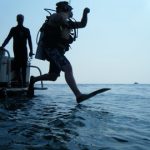
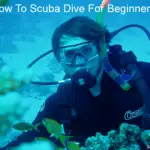

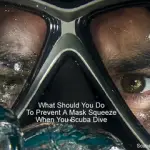
Awesome website with all useful info. God Bless!
Thank you for your kind words – are you a scuba diver?
NEVER wear normal earplugs for scuba! There are special ones that allow pressure equalization, but normal plugs are REALLY dangerous!!
Hello Mb, thank you for your comment and contribution to my article. I think I should amend my section on this and link to ‘safe’ ear plugs. Cheers, Russell